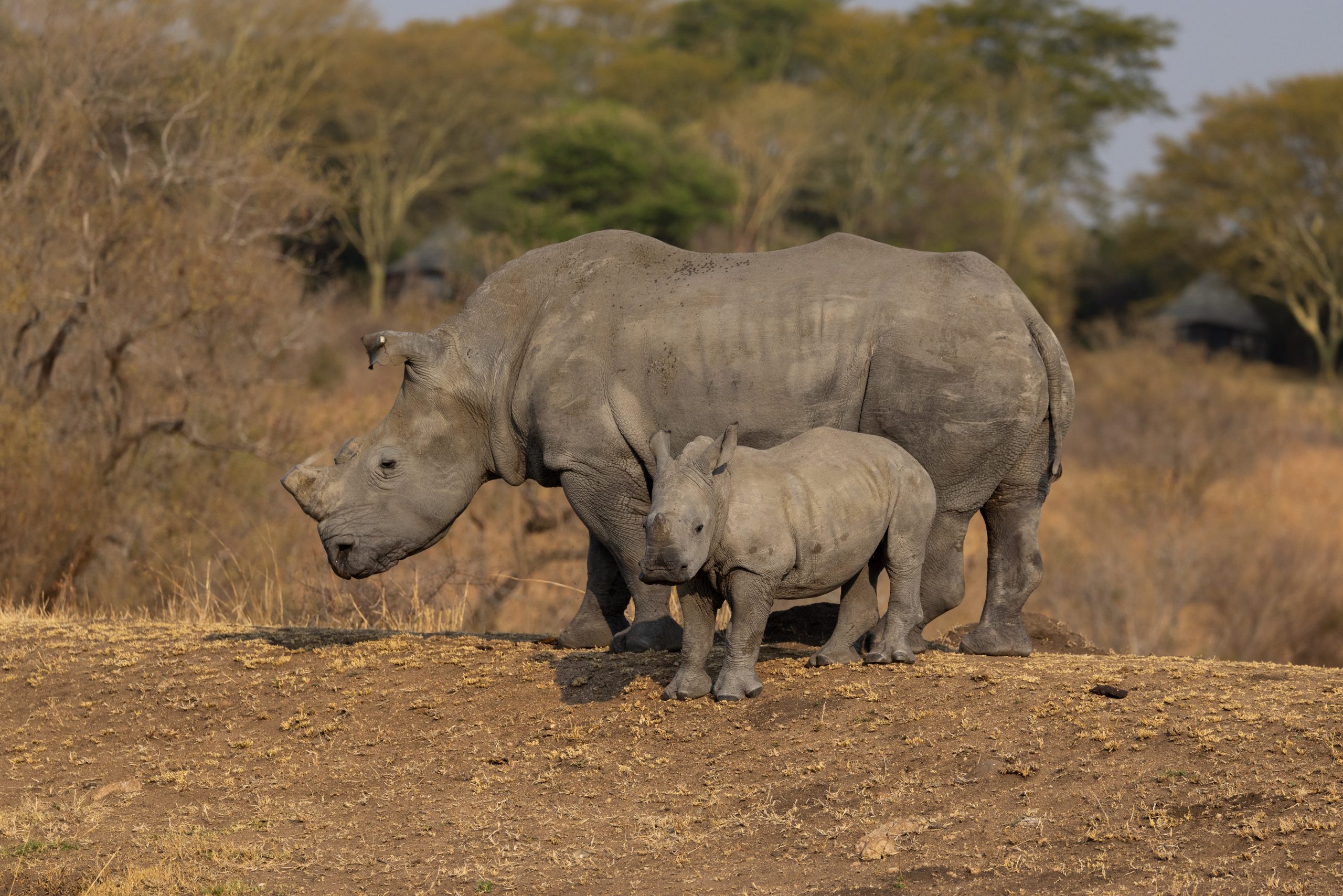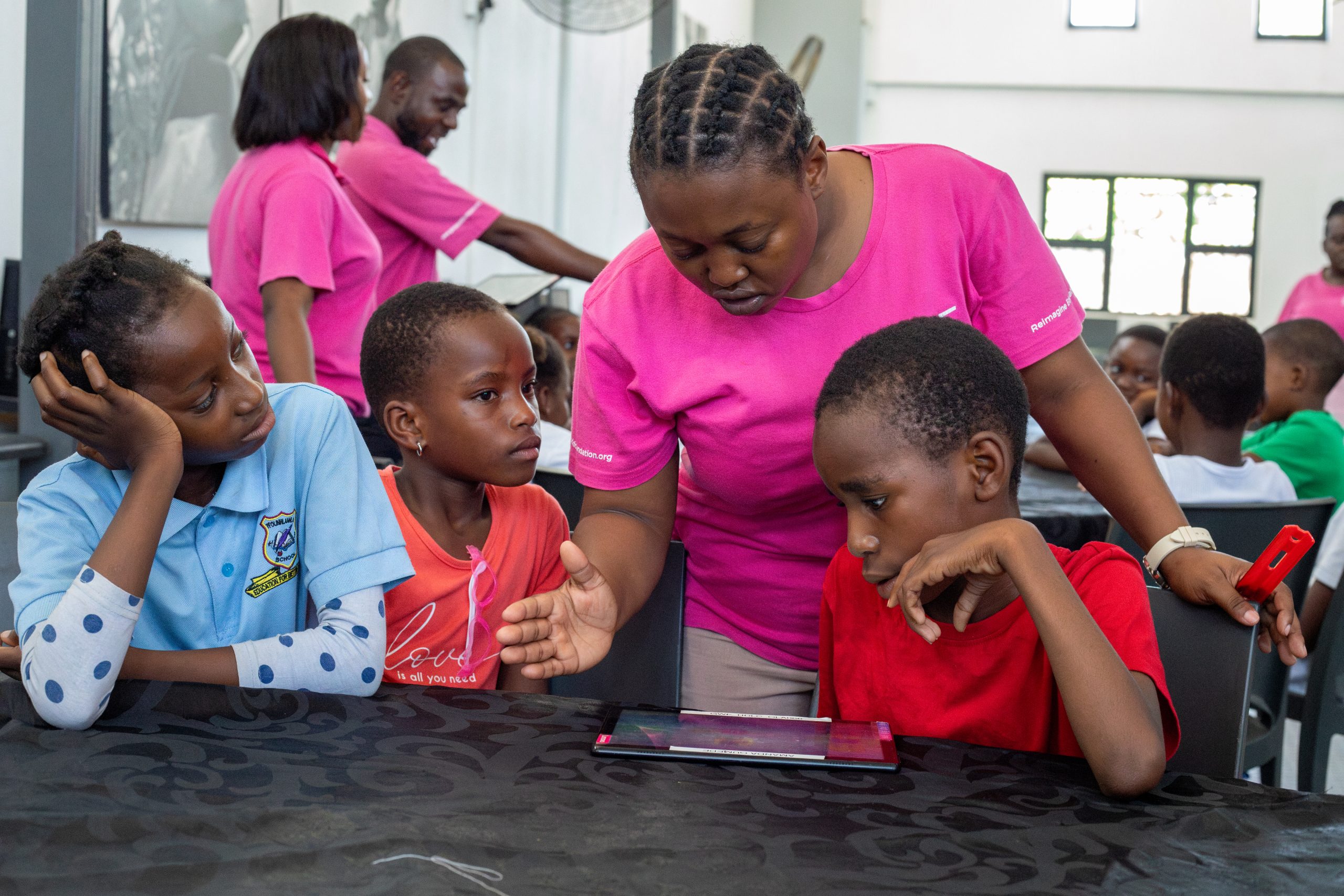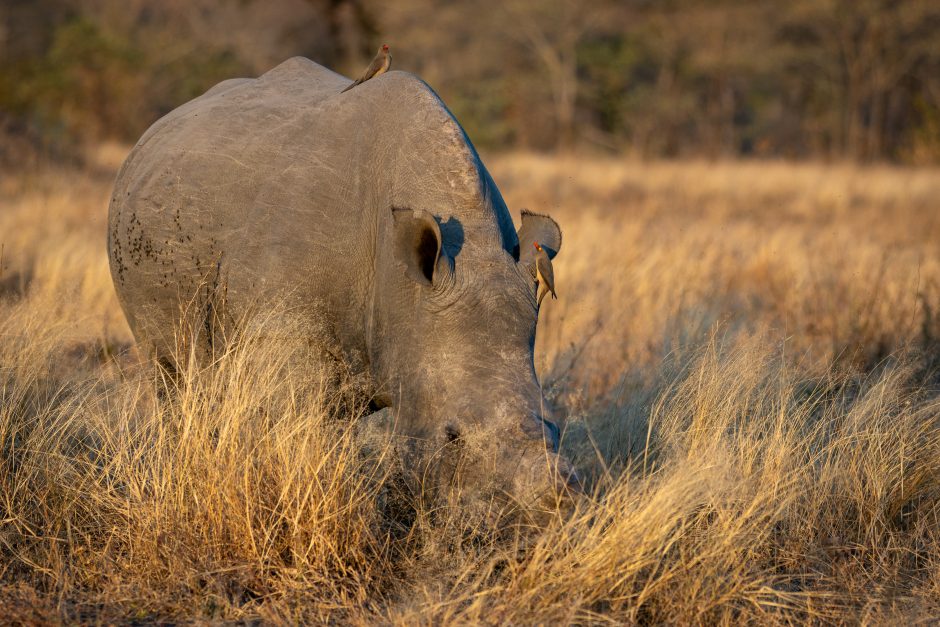The Rhino Renaissance is redefining conservation. The conventional approach, often characterised by organisations simply raising funds and building fences, is giving way to a more dynamic and sustainable model in our country. This is a uniquely African solution that addresses not only conservation itself but also the very drivers that create the need for it.

The future of the rhino species lies in our hands, Image Credit: Brad Mitchell
Spreading the Message
By creating a value for wildlife and wild spaces that's realised by more than a select few, it provides inhabitants of these regions with a powerful reason to care about the nature that surrounds them.
This is about creating vibrant communities and healthy societies with opportunities to grow and develop through jobs and livelihoods inextricably linked to a thriving natural world. And this is what we call "Conservation the African Way".
The Three Pillars of a Sustainable Model
This new model is built on three interconnected pillars, ensuring efforts are deeply tied to the well-being of the people living alongside the wildlife.
On-the-Ground Protection and Technology
It all starts with robust protection. This approach isn't just about putting more boots on the ground. It's also about empowering those boots with the best training and technology.
The Tracker Academy is at the heart of this, providing world-class training in both traditional tracking skills and modern anti-poaching techniques. This creates a highly skilled workforce of Rhino Guardians who use a combination of expert knowledge and cutting-edge technologies. For example, through the use of drones and GPS collars, they can provide real-time data to security teams, ensuring 24/7 protection for the rhinos.
However, importantly, it provides opportunities for locals to develop skills and embark on a journey in either conservation or tourism. The men and women passing through the Tracker Academy not only gain the skills to work with wildlife, but they also become their protectors and play a part in securing their own futures, as well as those of future generations.
A brighter future is within our sights, Image Credit: Tracker Academy
Empowering Through Education and Employment
A key partner in this initiative is the Good Work Foundation (GWF). The GWF works to break down the walls between the wilderness areas and the community by providing quality education and digital training to young people from the villages adjacent to the Sabi Sand Game Reserve.
The goal is to create career pathways and green jobs that directly link the livelihoods and future careers of these young South Africans to the wildlife economy. By training people in hospitality and conservation skills, it ensures they can see a direct, tangible benefit from a thriving ecosystem.
The Family Effect
Many lodges in the Sabi Sand take on GWF graduates as trainees, providing them with the additional training and experience they need to pursue careers in tourism. In fact, an impressive number of these trainees are retained as full-time staff after completing internships or learnerships.
Beyond education, there's the contribution to society. Upskilling and educating are only half the story. Furthermore, by creating job opportunities both in and around local areas, family members are less likely to need to pursue jobs in major economic hubs further afield, thereby reducing the likelihood of fractured families.
Initiatives involving both major corporations and the tourism sector are ensuring that individuals thrive and that development and opportunity are truly local, benefiting and rewarding everyone.

Uplifting the future workforce has a positive ripple effect on all
Strategic Partnerships and Funding
This holistic approach recognises that it's a shared responsibility, and the project is a partnership between SANParks, government, civil society, and the private sector.
Large corporations like RMB have committed significant financial backing, not just as a donation, but as a strategic investment. These companies recognise the potential and importance of an approach that links the success of conservation directly to the success of local communities and the broader economy.
A pivotal moment in the story is the partnership between the public and private sectors. Traditionally a challenging space to negotiate, the willingness and eagerness to work together signal a new dawn for conservation in Africa.
This collaborative model demonstrates that when businesses, government, and communities work together, they can create frameworks for shared success.
A Story of Shared Success: The Rhino Renaissance
The Rhino Renaissance is a powerful example of this holistic approach in action. The campaign aims to rebuild Kruger National Park's white rhino population from just over 2,000 to 12,000 within the next decade.
By integrating on-the-ground protection with community empowerment and strategic corporate partnerships, the project demonstrates that the fight to save a species is not just about wildlife. It's also about investing in safe havens, education, and fair conservation economies for the future.
This is a powerful and positive message: by creating a framework where people, wildlife, and the economy are inextricably linked, it becomes everyone's business, leading to a brighter, more sustainable future for all.

We have a vision where wildlife, people, and prosperity thrive together, Image Credit: Marius Zeilinga
Be Part of Something Bigger
Your travel to Africa can be life-changing – not just for you, but for our beautiful continent, its wildlife, and its communities. Make your wildest safari dreams come true while helping to positively impact Africa. Reach out to our Travel Experts, and let’s craft a journey with purpose just for you.
Read More About The Rhino Renaissance
- A New Chapter for Africa's Rhinos: The Rhino Renaissance
- Rhino Renaissance: An Evolving Rhino Conservation Success Story
- The Unsung Heroes: Inside the World of the Tracker Academy
Featured Image Credit: Brad Mitchell

